Once the Murdoch media decided to support the energy transition, the Morrison government was sure to follow meekly behind. With only days before Prime Minister Scott Morrison is set to appear in Glasgow, Scotland, for the COP26 climate conference, he has finally joined much of the rest of the world in setting a 2050 net zero carbon emissions target.
Perhaps Morrison hopes to have saved himself from dressing down on the international stage from the Queen or the U.S. President, but at least the country is now set to reduce its carbon dioxide emissions, or at least remove the equivalent of whatever it produces, by 2050. However, while Morrison said in a statement that his government “will act in a practical, responsible way to deliver net zero emissions by 2050”, that does not amount to legislation or much in the way of discernible policy.
The Morrison government’s Plan, described by shadow energy minister Adam Bandt as having less detail than a fortune cookie, rests on its “existing $20 billion investment in low emissions technology…including clean hydrogen, carbon capture and storage and energy storage.”
So, the long-awaited commitment to net zero 2050 is less of a commitment and more of a reliance on existing investment and promising technology. The Morrison government hasn’t actually provided a plan or introduced a policy.
However, what the Morrison government has done is finally concede the centrality of solar to Australia’s energy future. Morrison pointed to the potential “for continued technology advances and breakthroughs to unlock ultra low-cost solar…we have set a stretch goal of solar electricity generation at $15/MWh”.
Ultra low-cost solar
The Plan, albeit more of a publicity stunt, stated: “Unlocking ultra low-cost solar is therefore crucial for Australia’s electricity system to achieve near zero emissions.”
While ARENA and the CEFC won’t be bolstered in any way from this announcement, the Australian government has “set an objective to achieve 30% module efficiency at 30 cents per installed watt by 2030 – the ‘Solar 30 30 30’ Initiative.”
Although the Morrison government is not adding anything new to the push the price of solar down further, it does concede that ultra low-cost solar “would enable low-cost clean hydrogen production and increase our competitiveness in hydrogen export markets. It would also support cost-competitive production of low emissions steel and aluminium and emerging technologies like direct air capture of CO2.”
Reaction
Wood Mackenzie Asia Pacific head of markets and transitions, Parkash Sharma, said the Morrison government’s change of heart, after having said it would not commit to net zero 2050 at the previous election, “is a step in the right direction. Our analysis shows that Australia can reach net zero emissions by 2050. Although the pathway requires complete transformation of its traditional energy and export sectors, there are significant opportunities to capitalise on and protect future revenues.”
And while independent MP Zali Steggall welcomed the “commitment” as a “win for all who have been calling on the Government to adopt it for the last 2 years. However, beyond that, the Government’s climate ‘plan’ released today falls well short of the 2015 Paris Agreement commitment for signatories to do all things necessary to keep global warming under 2 degrees. In fact, as usual, it is a plan with no new announcements, no new money and smokescreens and mirrors.”
“The Prime Minister’s policy is made on the run,” continued Steggall, “at the last minute, at the 11th hour and without evidence. We need an independent, expert based climate change commission to guide our transition, not Nationals holding the Government to ransom.”
Prof Tim Flannery of the Climate Council also panned the “Plan”, saying it was not credible nor concrete and “means little”, noting that “A net zero target is fundamentally incompatible with new coal or gas – yet, the Federal Government is still funding fossil fuels.”
Meanwhile, the Clean Energy Council (CEC) said opportunities are going begging without greater climate ambition. “Without a stronger 2030 target,” said the CEC in a statement, “there remains a lack of clarity and positive investment signals to accelerate the decarbonisation of Australia and take advantage of the enormous economic opportunity in play. Today’s announcement does little more than echo the commitments and action already underway by state governments, businesses and households.”
According to Sharma’s analysis, nearly 83% of Australia’s power generation will come from solar and wind by 2050, compared to about 20% last year.
This content is protected by copyright and may not be reused. If you want to cooperate with us and would like to reuse some of our content, please contact: editors@pv-magazine.com.
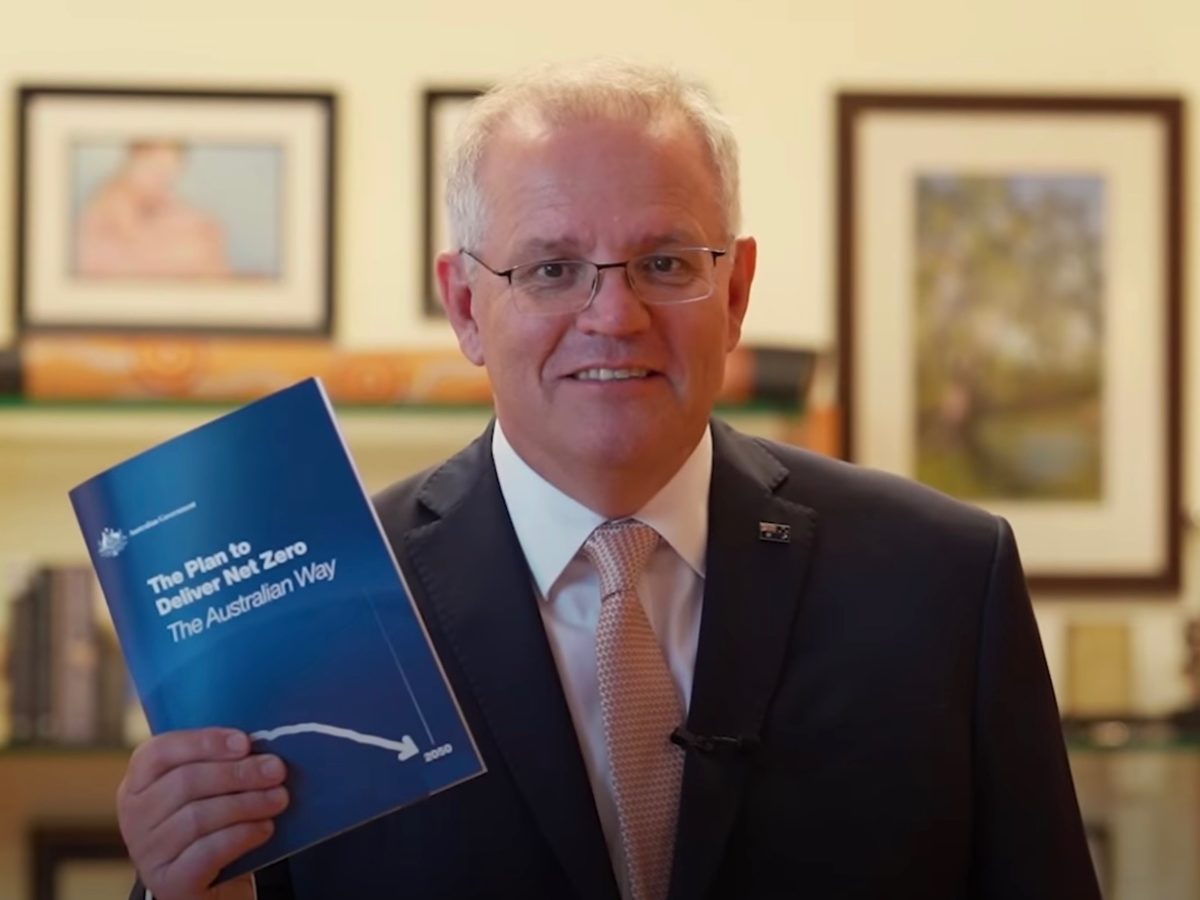
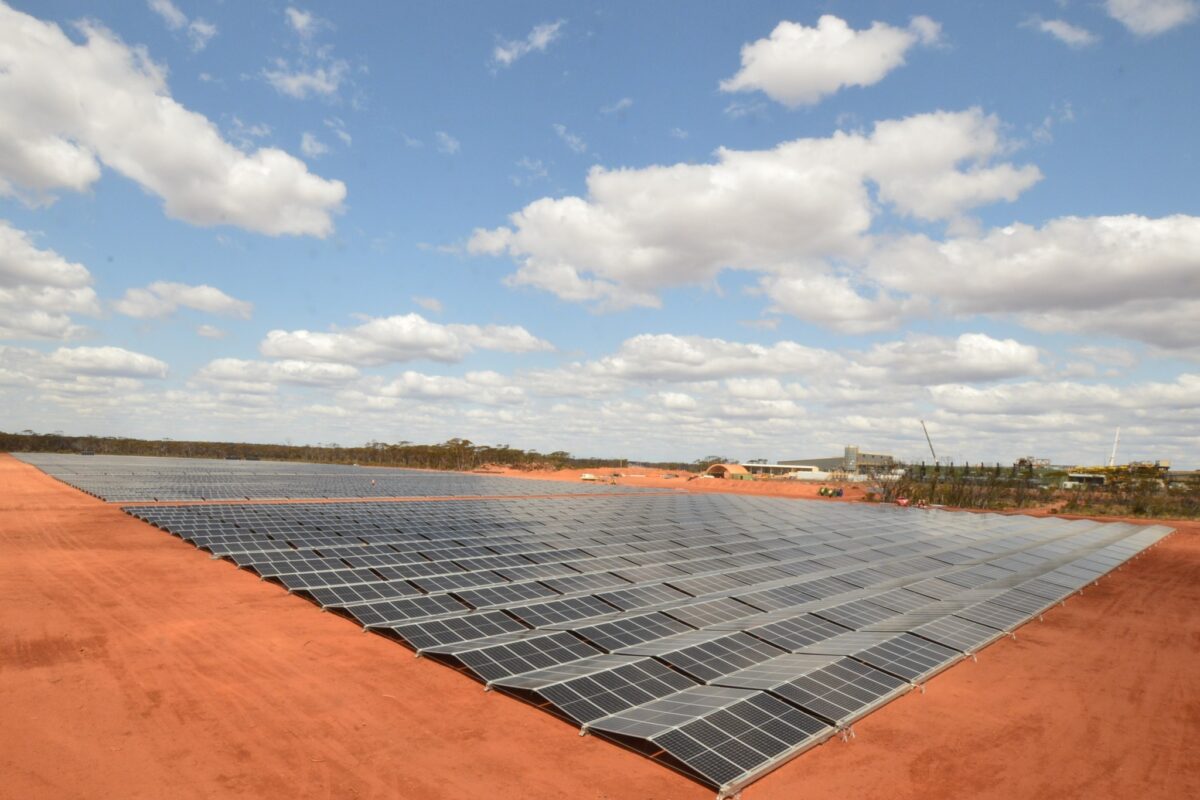


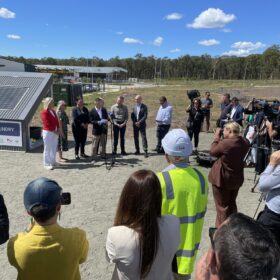
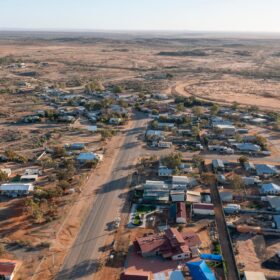
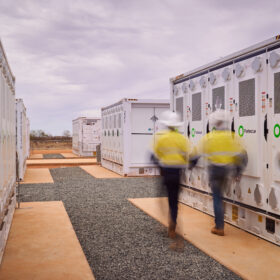
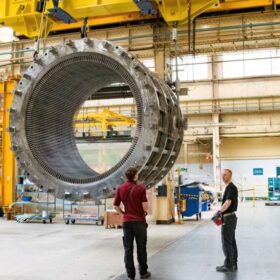

What is Net Zero… Carbon Neutral.. Green Deal etc… how come NONE USE THE WORD POLLUTION… it us the latter that kills and maimes in ALL ITS FIRM not just Carbon-this-n-that… or Climate Change.. if you want to “piss on something” at least pick the right tree..